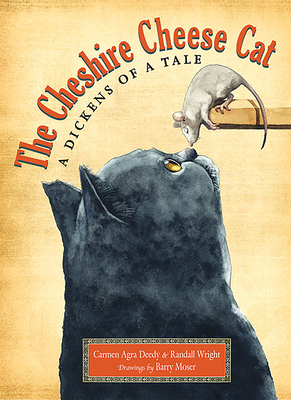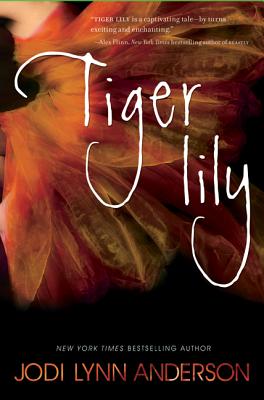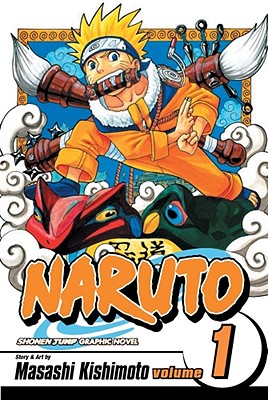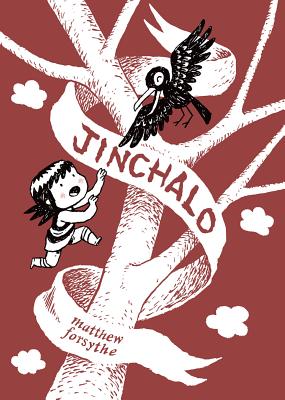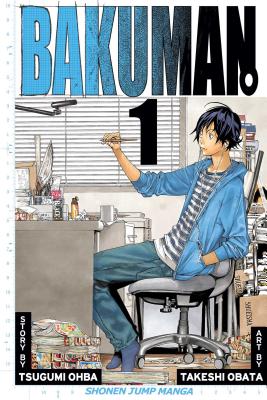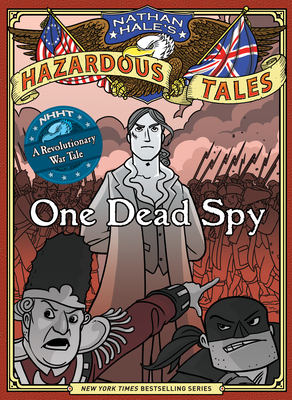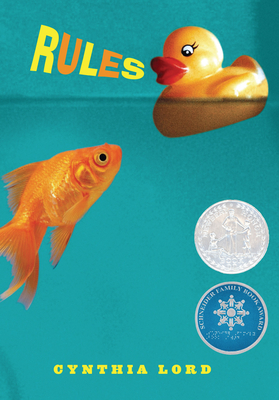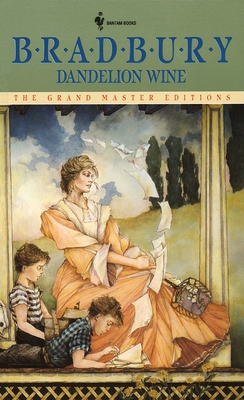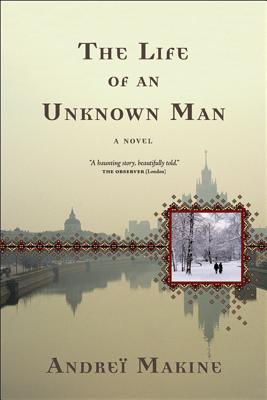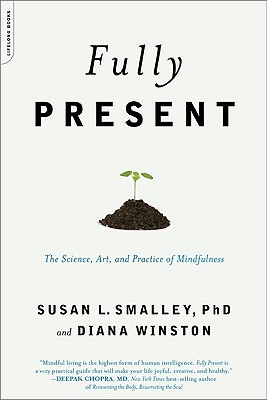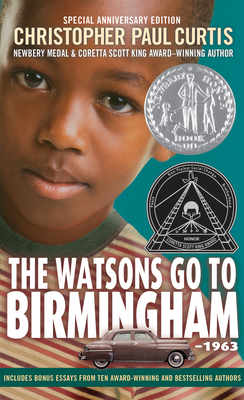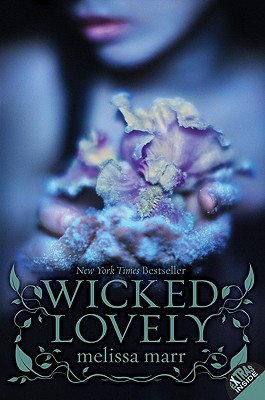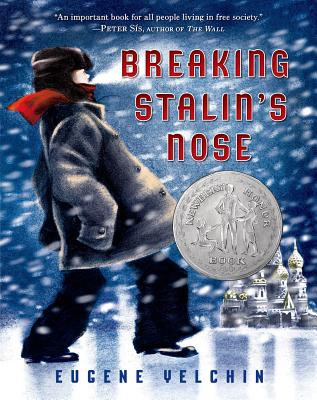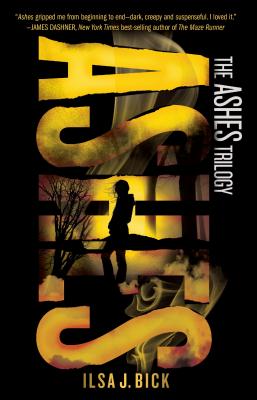I found the chiastic structure of this novel fascinating and I admired Mitchell's ability to switch so seamlessly between genres and eras. I appreciated that he was willing to make bold choices, like leaving a story off in the middle of a sentence. Reading the book gave me a pleasure similar to unraveling a puzzle. My favorite stories were "Letters from Zedelghem" and "An Orison of Sonmi~451" (stories of rakes and android/clone/etc rights are particular weaknesses of mine) but I enjoyed all of them. What I didn't enjoy were the bits were Mitchell decided to lose his faith in the reader and suddenly explicitly state what he'd been artfully dancing around or tell us what lessons we should be learning. My least favorite bit was his explanation of the title that came 3/5ths of the way through the novel. You know, in case the reader had somehow made it that far without knowing what the heck was going on. The end with its saccharine and explicit call to arms didn't exactly delight me either. Instead of trusting readers to pick up on the lessons clearly presented by the course of the narrative Mitchell suddenly turns into Aesop and tells the reader what they should have learned from the story. I'm sure readers capable of puzzling their way through what is not an altogether easy read are more than capable of drawing their own conclusions. At least Mitchell is also capable of making fun of himself for these same tendencies: at one point a character who is reading a manuscript describing the story of another character says "One or two things will have to go: the insinuation that Luisa Rey is this Robert Frobisher chap reincarnated, for example. Far too hippie-druggy-new age." It can't be denied that Mitchell has a way with words and is eminently quotable. Here are a few of my favorites:
"Implausible truth can serve one better than plausible fiction."
"How vulgar, this hankering after immortality, how vain, how false. Composers are merely scribblers of cave paintings. One writes music because winter is eternal and because, if one didn’t the wolves and blizzards would be at one’s throat all the sooner."
"Anger sparked in Timothy Cavendish like forks in microwaves."
"Sometimes the fluffy bunny of incredulity zooms round the bend so rapidly that the greyhound of language is left, agog, in the starting cage."
"Humor is the ovum of dissent"
"Prejudice is permafrost"
"All the woe of the words 'I am' seemed dissolved there, painlessly, peacefully" [on first seeing the ocean]
"Rights are susceptible to subversion, as even granite is susceptible to erosion."
"Nothing is as eloquent as nothing."
Cloud Atlas by David Mitchell: Buy it or check it out today!
 At a time when everyone seems up in arms about e-books and corporations versus the physical and local, it is refreshing to see a book that combines the two sides to such charming effect. On the one hand, the main character works in an independent bookstore that "is the kind of store that makes you want to be a teenage wizard." There, he discovers a secret society founded in the last publishing revolution that had everyone freaking out, back in Gutenberg's time. On the other hand, his love interest works for Google and they investigate this society using the power of modern technology. The conflict between those who revere the traditional way of doing things and those who are obsessed with the latest technology permeates the entire novel. Sloan refrains from advocating one over the other and seems to value aspects of each, a very middle-of-road approach--which is perhaps why he decided to name the font at the heart of the intrigue Gerritszoon. (Gerrit Gerritszoon is the birth name of Erasmus, a scholar who was known for his balanced approach.) Sloan walks the line between opposing sides with the skill and playfulness of a tight-rope walker. Even the emblem of Aldus Manutius, the historical printer at the center of the fictional secret society, is an illustration of a famous oxymoron: festina lente or 'make haste slowly' and the characters repeat this phrase to each other throughout the novel. (Incidentally the dolphin and anchor emblem of Manutius has also been adopted by Beta Phi Mu, the library and information studies honor society that I was just inducted into this summer.) In addition to writing with passion about technologies old and new in a fascinating fashion, Sloan also succeeds in creating quirky characters that instantly won me over. Sloan is particularly skilled at introducing these characters in a way that made them instantly recognizable and endearing, like "Oliver daydreams about Ionian columns," or "[Matt] works with crazy intensity, feeding hours like dry twigs into the fire." I know I'm more or less the exact demographic Robin Sloan was aiming for, I even read much of this in a teahouse in San Francisco, but I absolutely loved this novel. I hope that other bibliophiles can stop writing alarmist articles about the death of books long enough to read and enjoy this one and see what can be accomplished if we work together with all the tools, both old and new, at our disposal. Mr. Penumbra's 24-Hour Bookstore by Robin Sloan: Buy it or check it out today!
At a time when everyone seems up in arms about e-books and corporations versus the physical and local, it is refreshing to see a book that combines the two sides to such charming effect. On the one hand, the main character works in an independent bookstore that "is the kind of store that makes you want to be a teenage wizard." There, he discovers a secret society founded in the last publishing revolution that had everyone freaking out, back in Gutenberg's time. On the other hand, his love interest works for Google and they investigate this society using the power of modern technology. The conflict between those who revere the traditional way of doing things and those who are obsessed with the latest technology permeates the entire novel. Sloan refrains from advocating one over the other and seems to value aspects of each, a very middle-of-road approach--which is perhaps why he decided to name the font at the heart of the intrigue Gerritszoon. (Gerrit Gerritszoon is the birth name of Erasmus, a scholar who was known for his balanced approach.) Sloan walks the line between opposing sides with the skill and playfulness of a tight-rope walker. Even the emblem of Aldus Manutius, the historical printer at the center of the fictional secret society, is an illustration of a famous oxymoron: festina lente or 'make haste slowly' and the characters repeat this phrase to each other throughout the novel. (Incidentally the dolphin and anchor emblem of Manutius has also been adopted by Beta Phi Mu, the library and information studies honor society that I was just inducted into this summer.) In addition to writing with passion about technologies old and new in a fascinating fashion, Sloan also succeeds in creating quirky characters that instantly won me over. Sloan is particularly skilled at introducing these characters in a way that made them instantly recognizable and endearing, like "Oliver daydreams about Ionian columns," or "[Matt] works with crazy intensity, feeding hours like dry twigs into the fire." I know I'm more or less the exact demographic Robin Sloan was aiming for, I even read much of this in a teahouse in San Francisco, but I absolutely loved this novel. I hope that other bibliophiles can stop writing alarmist articles about the death of books long enough to read and enjoy this one and see what can be accomplished if we work together with all the tools, both old and new, at our disposal. Mr. Penumbra's 24-Hour Bookstore by Robin Sloan: Buy it or check it out today! Copper is an absolutely absurd and downright delightful comic collection. It takes place in a post-apocalyptic landscape, but the bleak background just makes copper's optimism shine brighter. His faithful yet jaded dog Fred is never far behind though, and he balances things out. The comics have a wide range of themes and tones from absurdly silly to quietly introspective. You never know what you're going to get, and that's part of the charm. Most of the comics are one-offs but there are a few longer story lines as well that help to establish more of the universe. Fred is now one of my all time favorite comic characters with his insecurities, worries, and tendency toward existential crises. The writing is almost poetic in the way it conveys complex ideas with sparing word use yet it never loses its sense of humour. The artwork is exquisite as well and I particularly enjoyed Kibuishi's use of color with the different palettes always perfectly matched to the various tones of the comics. The overall effect of art, color, and words combined to convey the message of each story is an example of how powerful comics can be. I'm sure my students will also enjoy the interview with the author at the end where he describes his process in detail and with plenty of pictures to inspire and advise children who want to make their own comics. Copper by Kazu Kibuishi: Buy it or check it out today!
Copper is an absolutely absurd and downright delightful comic collection. It takes place in a post-apocalyptic landscape, but the bleak background just makes copper's optimism shine brighter. His faithful yet jaded dog Fred is never far behind though, and he balances things out. The comics have a wide range of themes and tones from absurdly silly to quietly introspective. You never know what you're going to get, and that's part of the charm. Most of the comics are one-offs but there are a few longer story lines as well that help to establish more of the universe. Fred is now one of my all time favorite comic characters with his insecurities, worries, and tendency toward existential crises. The writing is almost poetic in the way it conveys complex ideas with sparing word use yet it never loses its sense of humour. The artwork is exquisite as well and I particularly enjoyed Kibuishi's use of color with the different palettes always perfectly matched to the various tones of the comics. The overall effect of art, color, and words combined to convey the message of each story is an example of how powerful comics can be. I'm sure my students will also enjoy the interview with the author at the end where he describes his process in detail and with plenty of pictures to inspire and advise children who want to make their own comics. Copper by Kazu Kibuishi: Buy it or check it out today! I have been a fan of Orhan Pamuk since high school because he always opens up new worlds to me in an interesting way. His latest novel was no exception. The Museum of Innocence is tale of love and obsession. Kemal is engaged to the rich and beautiful Sibel, but ends up falling for Fusun, a poor shop girl. When he realizes that he has lost her his love turns into an obsession that completely takes over his life. He relieves his pain by collecting objects that she has touched or that remind him of her, and it is through these objects that his story is told. The book is written as if addressing a visitor to the museum that he eventually creates to house all these objects. The narration has a ruminative quality as it bounces back and forth between describing the moment and what is to follow. It sounds very natural, like the narrator is having a conversation with the reader. After all when people set out to tell a story of importance to their lives they rarely do so in a completely linear fashion. That's what I enjoyed most about this novel: the way Pamuk captured these tricks of memory: The way it is possible to pass years in seemingly untenable situations because they are lived not in years but in a series of moments, the way our happiest moments can only be recognized in retrospect, the way objects can bring up memoires you might have otherwise forgotten, the way they can seem infused with the presence of a person who once handled them, the way memories of a person can prevent you from seeing someone as they really are.
I have been a fan of Orhan Pamuk since high school because he always opens up new worlds to me in an interesting way. His latest novel was no exception. The Museum of Innocence is tale of love and obsession. Kemal is engaged to the rich and beautiful Sibel, but ends up falling for Fusun, a poor shop girl. When he realizes that he has lost her his love turns into an obsession that completely takes over his life. He relieves his pain by collecting objects that she has touched or that remind him of her, and it is through these objects that his story is told. The book is written as if addressing a visitor to the museum that he eventually creates to house all these objects. The narration has a ruminative quality as it bounces back and forth between describing the moment and what is to follow. It sounds very natural, like the narrator is having a conversation with the reader. After all when people set out to tell a story of importance to their lives they rarely do so in a completely linear fashion. That's what I enjoyed most about this novel: the way Pamuk captured these tricks of memory: The way it is possible to pass years in seemingly untenable situations because they are lived not in years but in a series of moments, the way our happiest moments can only be recognized in retrospect, the way objects can bring up memoires you might have otherwise forgotten, the way they can seem infused with the presence of a person who once handled them, the way memories of a person can prevent you from seeing someone as they really are.The novel isn't just a portrait of Kemal and Fusun, but of the time and place they were together. The novel includes many descriptions of Istanbul and its society from the parties of the elite to quiet nights spent in front of televisions by families barely scraping by. Because the novel is told from the perspective of someone looking back on past events, the action of the novel always seemed a bit distant. Even when the romance came to its inevitably tragic end, it didn't have a strong emotional impact on me. Instead the novel had a ruminative quality that left me thinking about the objects in my life, the stories they tell, the people that have left their mark on me, and the times and places that I've lived in. This is a novel to savor, not gulp. If want to travel but can't leave home this novel can make another place come alive for you. The Museum of Innocence by Orhan Pamuk: buy it or check it out today!
 November is apparently the month I read about failed romance. First Tiger Lily, then The Museum of Innocence, and now Stag's Leap--even my faculty and staff book club picked Feed for November. Perhaps there's something about watching leaves slowly change color, fall off branches, and wither up that reminds me of love fading away. Whatever the reason, this collection fit my mood well as Olds told the story of her marriage floundering, her divorce, and the years that followed. In painfully honest poems she describes moments when she remembers the good times and moments when she tries to forget them. Moments when being alone is terrifying and moments when it's freeing. Every poem is very personal but they're also so honest that anyone who has ever loved and lost will be able to find themselves somewhere in one of them. I think Tiger Lily would enjoy the collection. Stag's Leap by Sharon Olds: Buy it or check it out today!
November is apparently the month I read about failed romance. First Tiger Lily, then The Museum of Innocence, and now Stag's Leap--even my faculty and staff book club picked Feed for November. Perhaps there's something about watching leaves slowly change color, fall off branches, and wither up that reminds me of love fading away. Whatever the reason, this collection fit my mood well as Olds told the story of her marriage floundering, her divorce, and the years that followed. In painfully honest poems she describes moments when she remembers the good times and moments when she tries to forget them. Moments when being alone is terrifying and moments when it's freeing. Every poem is very personal but they're also so honest that anyone who has ever loved and lost will be able to find themselves somewhere in one of them. I think Tiger Lily would enjoy the collection. Stag's Leap by Sharon Olds: Buy it or check it out today! This novel is particularly well-suited to a manga-style adaptation. It easily seems like it could have been its original format. In fact, I think I might have enjoyed this adaptation more than the original novel. The source material is very visual with its fantastic creatures and fight scenes and I enjoyed seeing Baek's depictions of the scenes and characters (and their pretty, period costumes!) I like Clare's novels more for their plot than their prose anyway so I didn't mind the clipped version of the text. If anything it eliminates some of the aspects that annoyed me about the original book. I enjoyed the excuse to re-live my favorite scenes as well. I don't think reading the original novel is necessary to enjoy this version (although I think fans of the novel will like it.) I'd recommend it to fans of other period fantasy manga like The Earl and the Fairy whether they've read the original or not. The Infernal Devices by Cassandra Clare, art by HyeKyung Baek: buy it or check it out today!
This novel is particularly well-suited to a manga-style adaptation. It easily seems like it could have been its original format. In fact, I think I might have enjoyed this adaptation more than the original novel. The source material is very visual with its fantastic creatures and fight scenes and I enjoyed seeing Baek's depictions of the scenes and characters (and their pretty, period costumes!) I like Clare's novels more for their plot than their prose anyway so I didn't mind the clipped version of the text. If anything it eliminates some of the aspects that annoyed me about the original book. I enjoyed the excuse to re-live my favorite scenes as well. I don't think reading the original novel is necessary to enjoy this version (although I think fans of the novel will like it.) I'd recommend it to fans of other period fantasy manga like The Earl and the Fairy whether they've read the original or not. The Infernal Devices by Cassandra Clare, art by HyeKyung Baek: buy it or check it out today!

